The Chang'e 6 mission, China's next robotic expedition to the moon, is scheduled to take place later this year, tasked with bringing back samples from the far side of the Earth's satellite, the China National Space Administration said.
To facilitate communications between the Chang'e 6 probe and Earth, a new relay satellite named Queqiao 2 is set to be deployed in a lunar orbit in the first half of this year, the administration added.
The Chang'e 6 spacecraft will consist of four components — orbiter, lander, ascender and re-entry module.
Hu Hao, a senior planner at the administration in charge of the mission, said that if everything goes according to plan, the spacecraft will touch down in the South Pole-Aitken Basin on the moon to collect dust and rock samples. If the mission succeeds, it will be the first time that samples have been obtained from the far side of the moon.
The administration has offered to carry 10 kilograms of foreign equipment on the mission's lander and orbiter.
After several rounds of selection and talks, it decided that the Chang'e 6 lander would carry scientific instruments from France, Italy and the European Space Agency, and that a payload from Pakistan would be mounted on the orbiter, Hu said.
To date, the United States, the former Soviet Union and China have brought lunar substances back to Earth, but none of them obtained samples from the moon's far side.
Tidal forces on Earth slow the moon's rotation to the point where the same side always faces Earth. The other side, most of which is never visible from Earth, is the moon's far side.
Although the far side has been extensively photographed by spacecraft, starting with a Soviet probe in 1959, no probe had touched down on it until a soft landing made by China's Chang'e 4 mission in the Von Karman crater in the South Pole-Aitken Basin in January 2019.










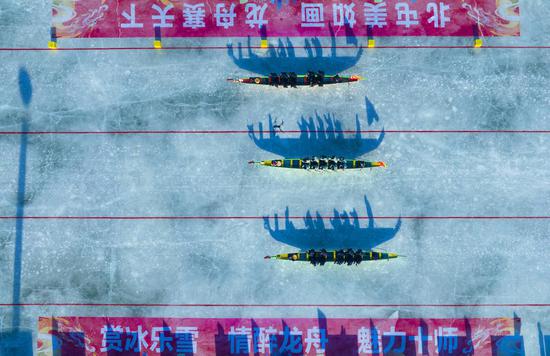


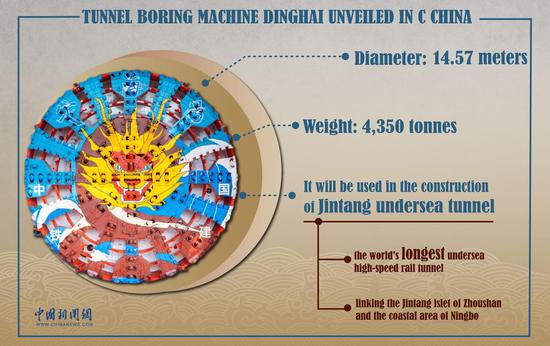
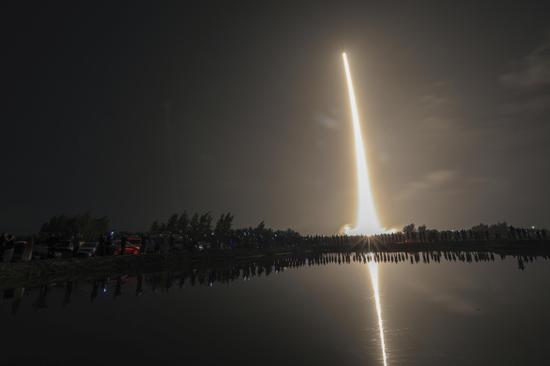

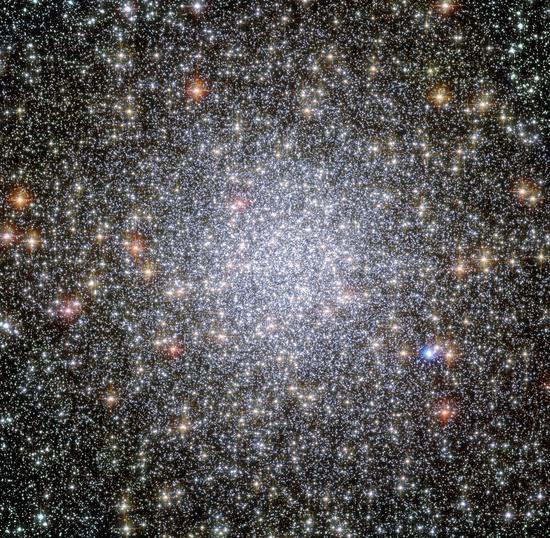






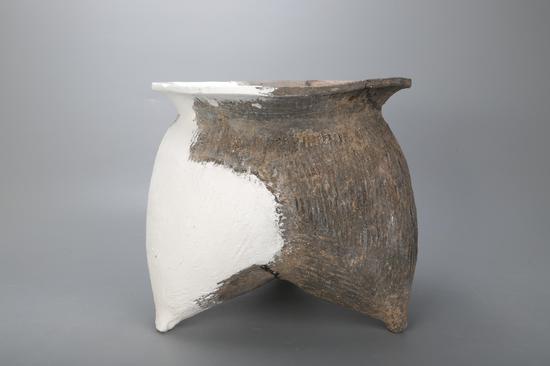

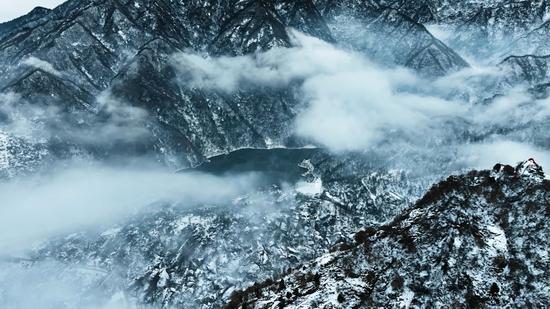
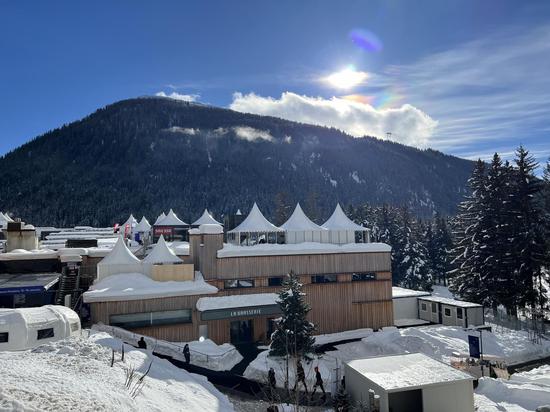



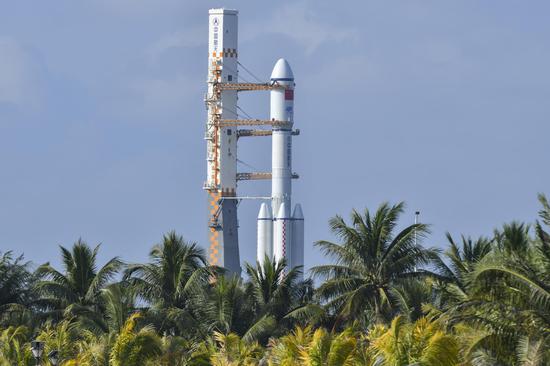

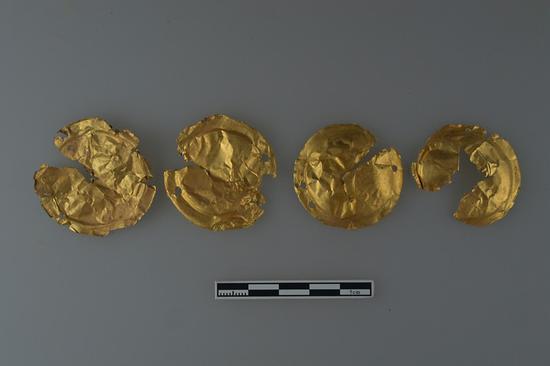


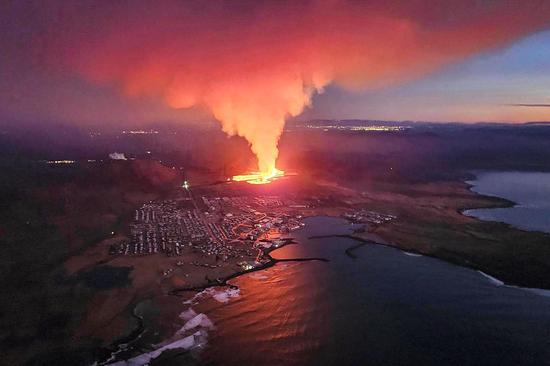




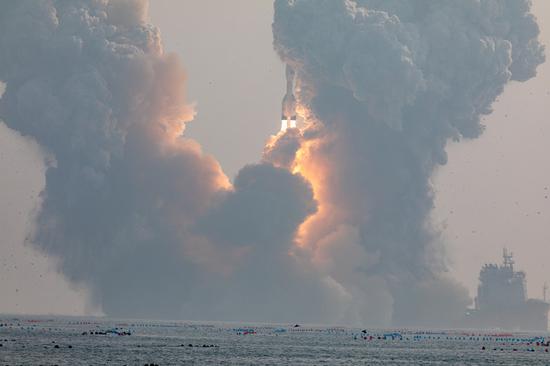
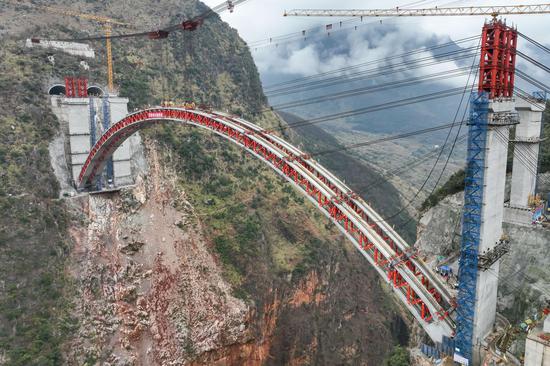

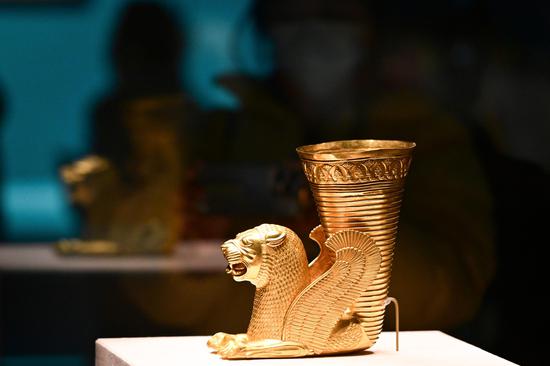
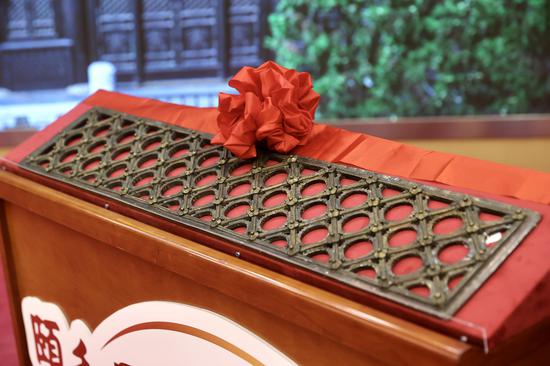





 京公網安備 11010202009201號
京公網安備 11010202009201號